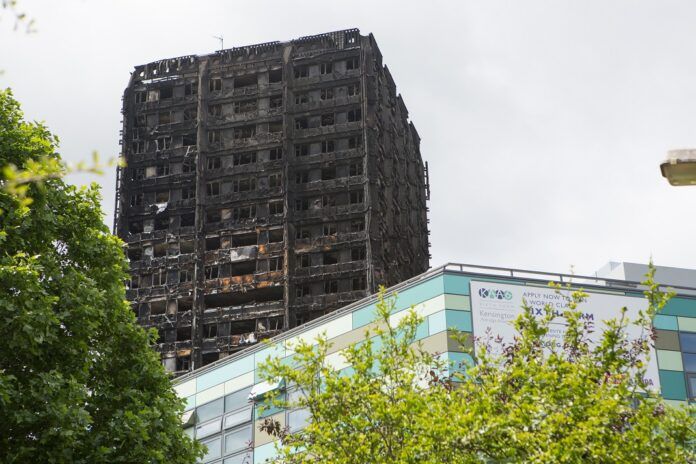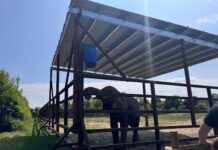The Department for Levelling Up, Housing and Communities (DLUHC) has published a new series of regulations under the Building Safety Act 2022 to deliver what Dame Judith Hackitt recommended in her report Building a Safer Future.
The new regulations (found here), coming in on 1 October, will also cover the technical detail underpinning the new, more stringent regime for the design and construction of higher-risk buildings (HRBs), wider changes to the building regulations for all buildings and the details of the new in-occupation safety regime for HRBs.
The Regulations also introduce the new in occupation regime for HRBs where dutyholders must demonstrate they are proactively engaging with residents on building safety and demonstrate to the Building Safety Regulator that they are managing the building safety risks in their building, fire spread and structural collapse, appropriately.
The government said there will be further draft regulations related to the new regime sich as The Higher-Risk Buildings (Keeping and Provision of Information etc) (England) Regulations and the Building Safety (Regulator’s Charges) Regulations. The former will cover the information that accountable persons for occupied higher-risk buildings need to keep as the golden thread and what details they need to share with residents and other people who are involved in ensuring the safety of the building. The latter will set out the approach to charging by the Building Safety Regulator to recover the costs incurred in the fulfilment of its relevant statutory functions for the new regime.
Karl Whiteman, Construction Leadership Council’s (CLC) industry sponsor for building safety, said: “The CLC welcomes the publication of these regulations as they start to give the industry much needed clarity on what is required. We must all understand, prepare and implement the steps that are needed to make change happen.
“The CLC will continue to work with key stakeholders to understand requirements, provide information and update the industry over the forthcoming months.”




